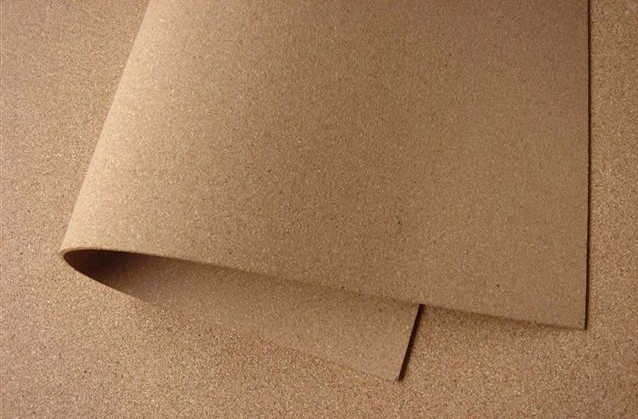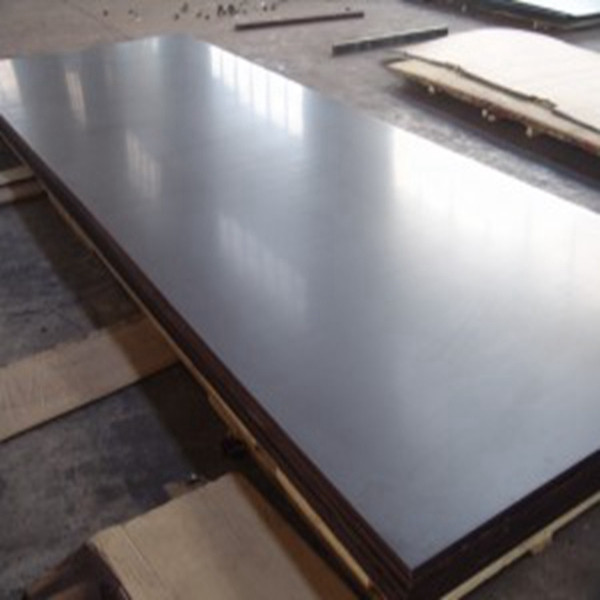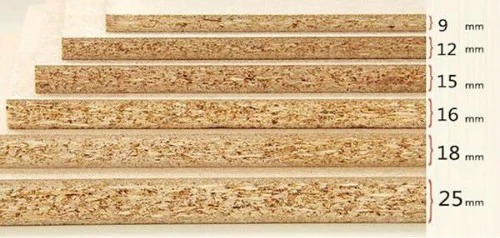When choosing a type of plywood for outdoor use, you will need to know the differences between multi-ply, Pressure-treated, Softwood, and Marine grade. plywood from discount stores usually has inner veneers that are void. These voids contribute to the delamination of the plywood over time and lead to moisture absorption. To avoid this problem, look for plywood from a high-quality manufacturer.
Multi-ply plywood
Depending on the project you're building, multi-ply plywood may be the best choice. These boards are available in a variety of thicknesses, lengths, and prices. They can range from thin, which is suited to flexing over a structure, to thick, which is able to withstand strong winds. You can also cut them to any size you need. To ensure the best results, you should choose plywood that's weather resistant and multi-ply.
When it comes to thickness, plywood comes in three different layers: the 3-ply plywood has three layers and is often used for decorative projects. The 5-ply plywood, on the other hand, has five layers, and is suited for outdoor projects that don't require high strength or durability. Multi-ply plywood is most durable for outdoor use. It can also be decorative, with up to seven layers.
When choosing plywood for outdoor use, you must take into account how you plan to use the wood. Multi-ply plywood is a sturdy material that will not break easily. In addition to that, it is also resistant to damage. This type of plywood will last longer than softwood. If you want to use multi-ply plywood in outdoor applications, be sure to choose suppliers that have the highest quality. You can't afford to risk purchasing a subpar product that's less durable than you're expecting.
A type of exterior plywood is made of fir or pine wood and is very resilient against water. While it's not waterproof, it resists water and is a good choice for subfloors in humid climates. Exterior plywood is also useful for roofing and siding applications. Because of its strength, it's commonly featured on the interior of a home. A multi-ply plywood is a good choice for exterior use.
Softwood plywood

There are two types of plywood: softwood and hardwood. softwood plywood is made from softwood trees, such as pine and spruce. These are suitable for home construction, and are commonly used for dog houses, shelving, and roof sheathing. hardwood plywood is made from dicot trees, and has between three and seven layers glued together at the proper angle. It is a bit heavier than softwood, but is still durable enough to use in outdoor construction projects.
Although both types of plywood are used in construction, softwood is the preferred choice for outdoor projects. Many do-it-yourselfers use it for painted wood projects. softwood plywood is usually unfinished, so its finish is hidden once the project is completed. There are three common varieties of softwood plywood: BCX, CCX, and CDX. Each type of softwood plywood has different qualities and uses, and choosing the right one depends on the intended use of the panel.
Softwood plywood is generally used for structural purposes in construction, and comes in a variety of thicknesses and grades. It can also be used as temporary flooring or for shelving. It is cheaper than hardwood, and is available in a variety of thicknesses and grades for both interior and outdoor projects. However, it may not be suitable for outdoor use. So, what is the best softwood plywood for your project?
While BCX is available for indoor and exterior use, ACX is the most suitable choice for exterior applications. The former is more attractive than the latter, and is suitable for exterior panels. Both types can be painted, but hardwood cannot be pressure-treated. Pressure-treated softwood is best if you need the plywood to last longer outside. There are other considerations when choosing softwood plywood for outdoor use. Once you've decided which kind to use, it's time to consider the thickness of your project.
Marine grade plywood

When it comes to outdoor uses, marine grade plywood is the clear winner. This type of plywood is resistant to water immersion for a long time. It is also perfect for lighthouses and docks. While not waterproof, marine grade plywood is strong and lightweight, and virtually defect free. For these reasons, it is often preferred for boat building projects, as well as outdoor furniture projects in coastal areas. Read on to learn more about the advantages of marine grade plywood for outdoor use.
marine plywood is very similar to standard exterior plywood, but has fewer knots, which improves its durability and eliminates water pockets. It's also easier to shape and sand, leaving cleaner edges. It's the ideal choice for patio furniture, decks, and outdoor furniture. If you're concerned about the weather, marine grade plywood is the best choice for your outdoor projects. However, if you don't live near water, pressure-treated plywood is another option.
The most important difference between marine grade and regular plywood is the material's strength. Marine plywood has more hardwood layers than standard plywood. The wood used in marine plywood is 100 percent hardwood, making it much stronger than regular plywood. Additionally, it is easier to cut and bend. It is easier to work with, but it might be harder to find in rural areas. Regardless, marine grade plywood is superior to regular plywood in almost every way.
Although marine grade plywood is generally more expensive than standard plywood, it has a number of benefits, including better resistance to heat, water, and humidity. It's also a better choice for outdoor patio furniture, as it will hold up better in humid climates. And while marine grade plywood is expensive, it will last for many years. There is no reason not to invest in this superior material if you're building an outdoor structure.
Oriented strand board

When choosing a wood material for your next project, consider Oriented Strand Board (OSB). This thick, sturdy alternative to plywood is stronger and more stable than traditional building materials. Oriented strand boards are available for flooring, sheathing in walls, and furniture. For the best results, waterproof them before using them for exterior use. This ensures that they remain stable over time.
Because OSB is made from wood, it is more environmentally friendly than other products. Wood is used to create OSB, which is manufactured from fast-growing, sustainable trees. The difference between OSB and plywood is the manufacturing process. The process for producing OSB differs from that of plywood, and the market price can vary significantly. That said, most brands are cheaper than plywood, making them a better value for your outdoor project.
Oriented strand board is also more affordable than plywood, making it a more environmentally conscious building solution. It is much less expensive than plywood, which can significantly reduce the total cost of building a project. And, the materials used in manufacturing OSB are more sustainable, too. Unlike plywood, oriented strand board is produced from small trees in sustainable forests. As a result, there is less waste generated in the process.
OSB is also more durable than plywood. It lasts decades if treated properly and is used in exterior applications. In addition to building exteriors, it is also used in various profiles of engineered wood panels. And, the resins used to create OSB are also infused with borax and fungicides to provide more protection against moisture. Some manufacturers even offer 50-year warranties on OSB exterior products. Another type of OSB that uses the same material is rigid-insulated interlocking panels.
